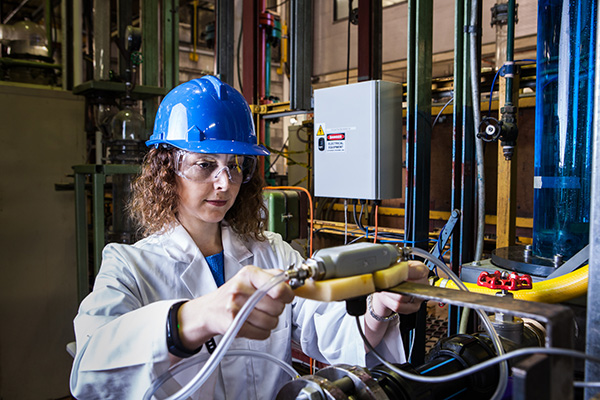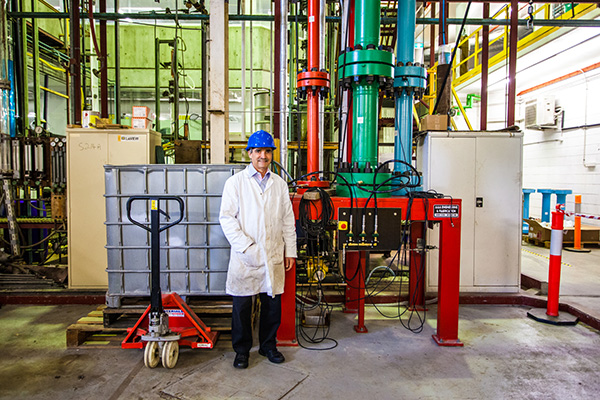Leading international authorities such as the International Energy Agency (IEA) regard natural gas as an important transition fuel to a lower carbon economy, and they project that up to 30 per cent of future gas supplies will have to come from unconventional gas. The UQ Centre for Coal Seam Gas (CCSG) supports this transition.
Australia's onshore natural gas industry has expanded rapidly with the establishment of a new Coal Seam Gas (CSG)-Liquefied Natural Gas (LNG) industry in Queensland, and since the mid-1990s, gas has been produced from unconventional reservoirs (coal seams) for domestic consumption.
The primary use for natural gas (CSG and LNG) in Australia is electricity generation, and CSG now accounts for about 80% of Queensland's domestic gas supply. As well as the development of new gas supply, the industry has also resulted in 2,000 Megawatts of additional, natural gas-fired power generation. On a whole, Australia’s $28-billion per year oil and gas industry contributes 58 per cent of the country’s primary energy (2017).
In this evolving environment, UQ recognised a need for a coordinated platform to address industry, government and community challenges and opportunities and established the CCSG in 2012 – to conduct research, education and consulting within onshore gas.
The Centre’s role is to provide high quality, rigorous and independent applied research. At present, it operates within the disciplines of geoscience, petroleum engineering, groundwater and social performance.
CCSG is funded through a membership model, and the current member organisations are The University of Queensland, Shell/QGC, Arrow Energy, Santos and APLNG. Key decisions about CCSG's activities and priorities are made by the Centre's director, with advice from an Advisory Board with representatives from State government, industry and the Queensland Gasfields Commission, chaired by the Vice-Chancellor’s representative.
Professor Andrew Garnett has served as CCSG Director since 2013.
“The Centre supports a large number of course-work masters and research students, with research across technical, social, environmental, economic and business disciplines, building long term capability in this new sector for Queensland’s future," said Professor Garnett.
"(The Centre) also supports significant, targeted research in areas of critical importance to the sector (government, industry, community) and serves as an independent advisor to government stakeholders via various reviews and committees”.
Part of the Centre’s research is focused on social impacts to help government and industry manage social and economic impacts and deliver positive outcomes for communities affected by CSG.
Projects range from a CCS indicators toolkit, an online 3D Water Atlas covering most of eastern Australia’s Surat Basin, with free public access, to plugging CSG wells with bentonite clay.


In 2013, the Centre helped establish the new Master of Petroleum Engineering program in the School of Chemical Engineering, and students benefit from a unique industry collaboration.
The Centre has also developed a unique relationship with an industry skills advisor (Fendley) to provide internationally accredited “Well Control” training and is also working with the Department of Natural Resources and Mines to deliver technical training to the petroleum and gas regulators.
The Centre draws on the extensive research and educational capabilities from numerous schools and centres across UQ and collaborates with industry and research organisations, nationally and internationally.
Since its start, the Centre has attracted funding worth $27 million.
At the beginning of 2017, CCSG became a “faculty centre” within the Faculty of Engineering, Architecture and Information Technology.



